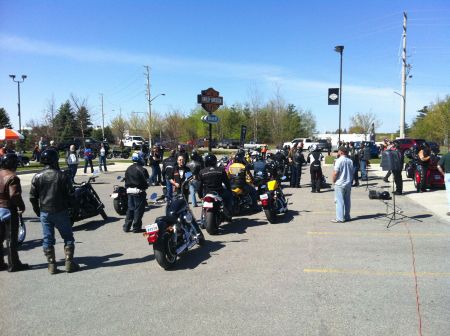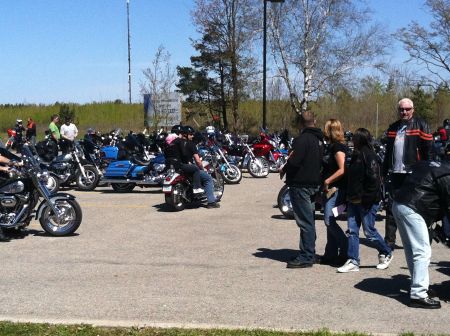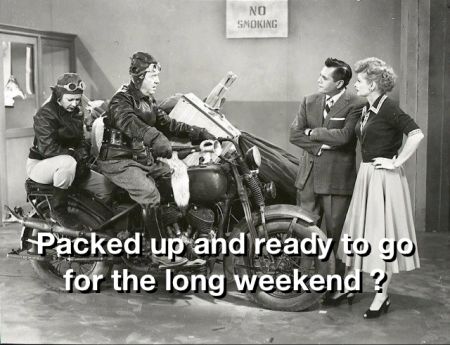Motorcycle riding is an experience that can be very customized to the desires or requirements of the individual. One of those variables involves the need or desire to carry passengers on rides. Some people ride with passengers on vacation trips, on commutes, or any variation thereof. Others absolutely abstain from carrying passengers for any number of reasons, and newly licenced riders in Ontario cannot carry passengers until they carry an M2 class licence. There are a number of details that need to be considered before and during the carrying of a passenger, some of which we’ve outlined below.

Every motorcycle operator knows that there are some very important attributes that make up ideal motorcycle passengers. Most motorcycle riders have stories, good and bad, involving passengers. These stories tend to have a moral such as “Don’t lean too far into/out of the curve and throw the operator off balance” or “Don’t distract the operator in heavy traffic”. New passengers, remember this important piece of advice above most others: neither mount nor dismount a motorcycle without ensuring that the operator is fully aware of and prepared for that maneouvre.
How the passenger leans through corners is one of the more common topics that comes up in conversations about riding with someone on the back of the bike. The size of the passenger, and the size of the operator, are very important factors in this maneouvre, obviously, so the skill and cooperativeness of the passenger becomes more important with smaller operator/larger passenger combinations.
 But that is not the whole story by a long shot. The size of the bike also matters to a significant degree. Big Touring motorcycles such as Harley Davidson Ultras, Honda Goldwings, Yamaha Ventures, and others, have passenger seats that generally make the relationship between operator and passenger different from that relationship on a smaller motorcycle.
But that is not the whole story by a long shot. The size of the bike also matters to a significant degree. Big Touring motorcycles such as Harley Davidson Ultras, Honda Goldwings, Yamaha Ventures, and others, have passenger seats that generally make the relationship between operator and passenger different from that relationship on a smaller motorcycle.
Passengers, much like operators, become more relaxed, comfortable, and intuitive with experience. The tension and lack of confidence that many new passengers display is often transferred very clearly through body language to the operator of the bike. Needless to say, a new passenger should be taken on less difficult rides initially in order to build some familiarity with the exercise.
There is no difference between the safety requirements for operator and passenger when it comes to riding attire. Full coverage of the body with the most tear-resistant of leathers or special fabrics such as Kevlar is a must. Full face helmets, fitted properly, are ideal as well, and appropriate gloves and riding boots should always be worn by passengers.
 It must be emphasized that one size of helmet does not fit all. Sometimes motorcycle owners have a second helmet for passengers which is fitted for their most frequent passenger but is used on occasion for other, different sized, riders. A poorly fitted helmet is simply improper, unsafe gear.
It must be emphasized that one size of helmet does not fit all. Sometimes motorcycle owners have a second helmet for passengers which is fitted for their most frequent passenger but is used on occasion for other, different sized, riders. A poorly fitted helmet is simply improper, unsafe gear.
Oh, and remember, despite some of the pictures you see on various websites: only one passenger per motorcycle at a time, please! (Unless, of course, you have a sidecar on the bike as well.)







join the conversation